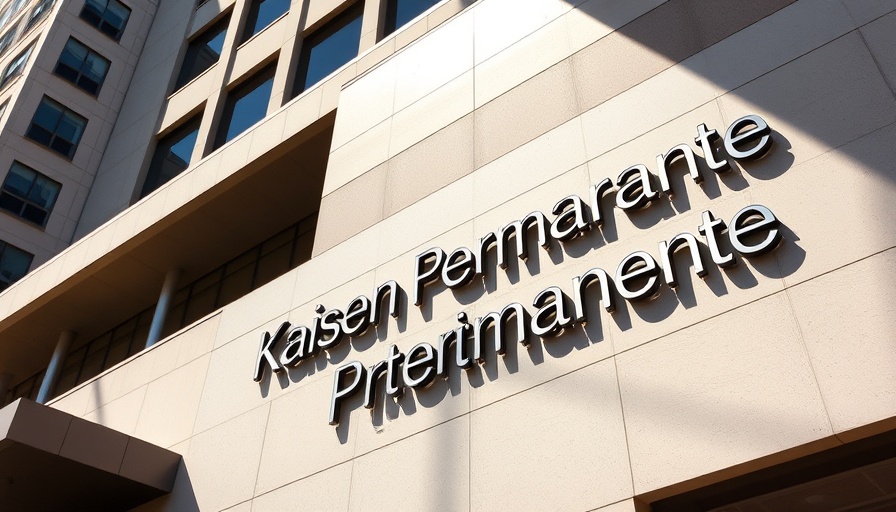
A Tense Climate: Kaiser’s Workforce Cuts Amid Labor Strike Announcement
Kaiser Permanente's recent layoff of 216 employees across California signifies an escalating conflict between the health care giant and its nursing staff, who are preparing for a five-day strike starting October 14. These layoffs, predominantly affecting locations in Northern California, raise significant concerns about the future of staffing and patient care just as nurses are advocating for better working conditions and patient safety.
The Reasons Behind the Layoffs
The layoffs announced by Kaiser affect a diverse group of personnel from marketing directors to IT managers, predominantly in administrative roles rather than direct patient care. Kaiser’s spokesperson emphasized the need for these cuts as part of a “rebalance of resources” in response to shifting demands post-pandemic. However, the timing of these layoffs while a significant labor action is underway has heightened tensions, creating skepticism among employees.
Nurses Unite: The Push for Better Conditions
As Kaiser rolls out these layoffs, the United Nurses Associations of California (UNAC) is gathering its nearly 31,000 union nurses for a strike, their largest mobilization against the company. The union’s demands range from higher wages to better staffing ratios that aim to mitigate existing shortages. Charmaine Morales, president of UNAC, has stated that the current negotiation dynamics have fallen short of satisfying frontline health professionals who feel undervalued.
Public Response and Ongoing Protests
In a show of solidarity, nurses protested at numerous Kaiser locations statewide, advocating against not only the layoffs but also the implications of increasing artificial intelligence (AI) utilization in hospitals. Many nursing professionals express concerns that AI is encroaching on their responsibilities and might ultimately jeopardize the quality of care patients receive. Gina Macalino, a registered nurse, highlighted the intrinsic value of human touch in nursing, stating that AI cannot replace the compassion and skill of a real nurse.
Company Counterarguments and Implications
Kaiser’s leadership claims that these layoffs are crucial for maintaining financial efficiency while continuing to deliver high-quality care. They assert that AI tools employed within their facilities do not make clinical decisions but rather assist nursing staff, promising that these technologies enhance patient interactions rather than diminish them.
Looking Forward: The Future of Healthcare Employment
As negotiations continue, the implications of Kaiser's layoffs and the looming strike will likely influence the broader conversation around labor rights in health care. With an increasing number of healthcare workers nationwide echoing similar concerns regarding staffing, wages, and technology's role, this conflict could serve as a pivotal moment in shaping labor relations within the sector going forward.
The recent developments at Kaiser Permanente underline the complex relationship between healthcare providers and their employees, highlighting the need for a balance between operational efficiency and quality patient care.
 Add Row
Add Row  Add
Add 



Write A Comment